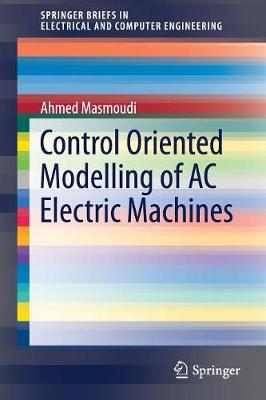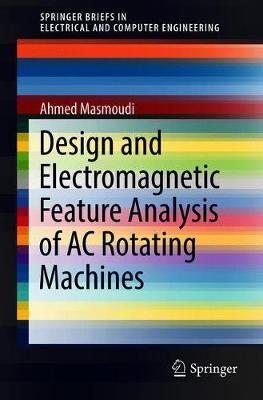SpringerBriefs in Electrical and Computer Engineering
2 total works
The book discusses the modeling of induction and synchronous machines aimed at the synthesis of dedicated control strategies.
The first part focuses on induction machines (IMs), and starts with the analysis of the principle of operation, which is based on the induction phenomenon. It then establishes the a-b-c model, assuming a sinusoidal spatial repartition of the air gap flux density, a linear magnetic circuit, and constant phase resistors. The a-b-c model enables the establishment of a state representation of the induction machine. Then, the Park transformation is introduced and applied to the IM a-b-c model, leading to its Park one, which is then used to analyze the IM steady-state operation. The chapter also includes a case study dealing with the doubly fed induction machine, which is widely integrated in wind power generating systems.
Following the introduction of the continuous development of synchronous machines (SMs), the second part establishes the a-b-c model for salient pole machines. Then, the Park transformation is applied to the established a-b-c model, leading to the Park one. The section highlights the formulation and analysis of the electromagnetic torque, with its synchronizing and reluctant components investigated in terms of the torque angle. Subsequently, it characterizes the operation at (i) maximum torque and (ii) unity power factor before focusing on the flux weakening approaches that could be implemented in SMs considering both smooth and salient pole topologies. Lastly, it presents a case study dealing with an investigation of the main features of the electric drive unit of a hybrid propulsion system and the possibility of their improvement, with an emphasis on the extension of the flux weakening range.
Design and Electromagnetic Feature Analysis of AC Rotating Machines
by Ahmed Masmoudi
This book provides the basis of the design of rotating AC machines. The first chapter puts the emphasis on the air gap magnetomotive force (MMF) of Rotating AC machines and the second chapter deals with the formulation of the rotating fields that could be generated considering different technique. The third chapter of this book focuses on the arrangement of the armature winding of fractional-slot concentrated winding permanent magnet synchronous machines, which is achieved considering the star of slots approach.
Each topic is explained by case studies that show how to implement the theory into real-world design of DC machines.

